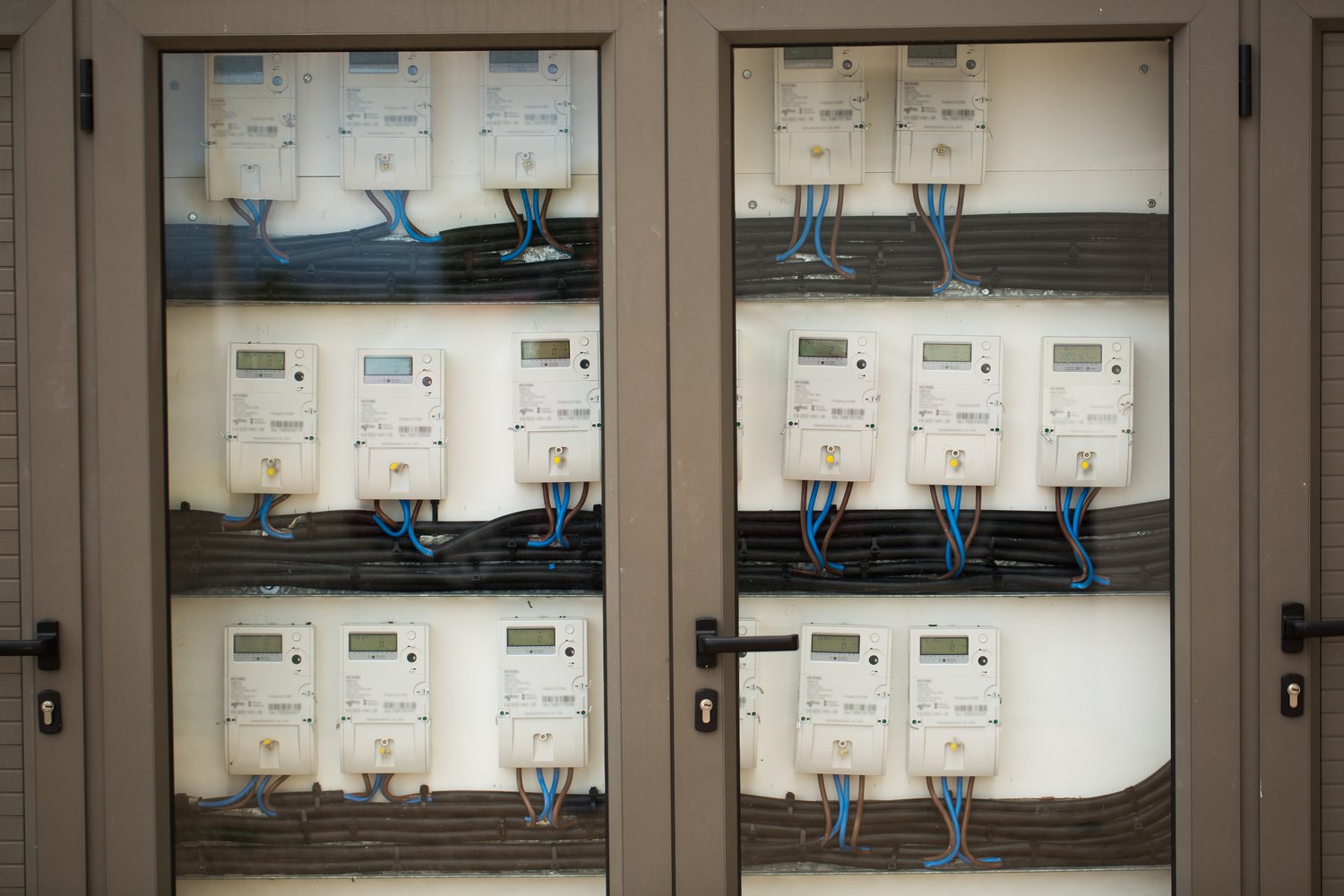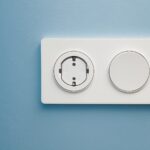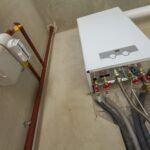Understanding energy metering basics
Energy metering is a crucial aspect of power management. It involves measuring and monitoring electricity consumption in various settings. These systems use specialized devices to record energy usage over time. Accurate metering helps businesses and homeowners track their power consumption effectively. This information is vital for making informed decisions about energy efficiency measures.
Modern energy metering systems offer real-time data collection. They can measure voltage, current, and power factor simultaneously. Many utilities now use smart meters, which can transmit readings wirelessly. These advanced devices enable more precise billing and better load management. Some meters can even detect power outages and notify utility companies automatically.
The global energy metering market is growing rapidly. It’s expected to reach $20.2 billion by 2025, with a CAGR of 8.3%. This growth is driven by increasing energy costs and environmental concerns. Governments worldwide are implementing regulations to promote energy efficiency. As a result, demand for sophisticated energy metering solutions is on the rise.
Types of LV energy meters
LV energy meters are essential components in low-voltage electrical systems. They come in various types, each suited for different applications. Single-phase meters are commonly used in residential settings. These devices measure electricity consumption in households with 230V supply. Three-phase meters, on the other hand, are used in commercial and industrial environments.
Digital meters have largely replaced older electromechanical models. They offer higher accuracy and additional features like multi-tariff capability. Some advanced digital meters can measure both active and reactive power. This functionality is particularly useful for industrial customers with complex loads. Smart meters represent the latest evolution in lv energy meters technology.
The accuracy class of LV energy meters is an important consideration. Class 0.5 meters offer precision of ±0.5%, suitable for most commercial applications. Class 0.2 meters provide even higher accuracy, often used in industrial settings. When selecting a meter, factors like voltage range, current capacity, and communication interfaces should be considered. Most modern meters support protocols like Modbus or M-Bus for data transmission.
Importance of measuring strips in energy monitoring
Measuring strips play a vital role in comprehensive energy monitoring systems. These devices allow for the measurement of multiple electrical parameters in a compact form factor. A typical measuring strip can monitor up to 96 circuits simultaneously. This capability makes them ideal for use in data centers, industrial facilities, and large commercial buildings.
One key advantage of measuring strips is their modularity. They can be easily expanded or reconfigured as needs change. Many models feature hot-swappable modules, allowing for maintenance without power interruption. Advanced measurning strips often include built-in web servers for easy data access and configuration.
The data collected by measuring strips is invaluable for energy management. It enables detailed analysis of power consumption patterns. Facility managers can use this information to identify energy-saving opportunities. Some strips can even trigger alarms when predefined thresholds are exceeded. This feature helps prevent overloads and ensures electrical system reliability.
Selecting the right energy metering solution
Choosing the appropriate energy metering solution requires careful consideration. The first step is to assess your specific needs and requirements. Consider factors such as the size of your facility, the number of circuits to be monitored, and your budget. It’s also important to think about future expansion plans when making your selection.
Compatibility with existing systems is another crucial factor. Ensure that the chosen meters can integrate seamlessly with your building management system. Look for devices that support open communication protocols like BACnet or Modbus. This compatibility will facilitate easy data exchange and system integration.
When evaluating different options, consider the total cost of ownership. This includes not just the initial purchase price, but also installation, maintenance, and operational costs. Some advanced metering systems may have a higher upfront cost but offer significant long-term savings. It’s also worth considering the level of after-sales support provided by the manufacturer or supplier.
Best practices for energy metering implementation
Proper installation is critical for accurate energy metering. Always follow manufacturer guidelines and local electrical codes. Ensure that meters are installed by qualified professionals. Proper calibration is essential for maintaining accuracy over time. Most modern meters offer self-calibration features, but periodic checks are still recommended.
Regular maintenance is key to ensuring the longevity and accuracy of your metering system. Develop a maintenance schedule that includes routine inspections and cleanings. Keep firmware up to date to benefit from the latest features and security patches. It’s also important to regularly back up meter data to prevent loss of valuable information.
Employee training is often overlooked but is crucial for maximizing the benefits of energy metering. Ensure that relevant staff members understand how to interpret and act on the data collected. Consider implementing an energy management policy that outlines goals and procedures. By following these best practices, you can ensure that your energy metering system delivers maximum value to your organization.





